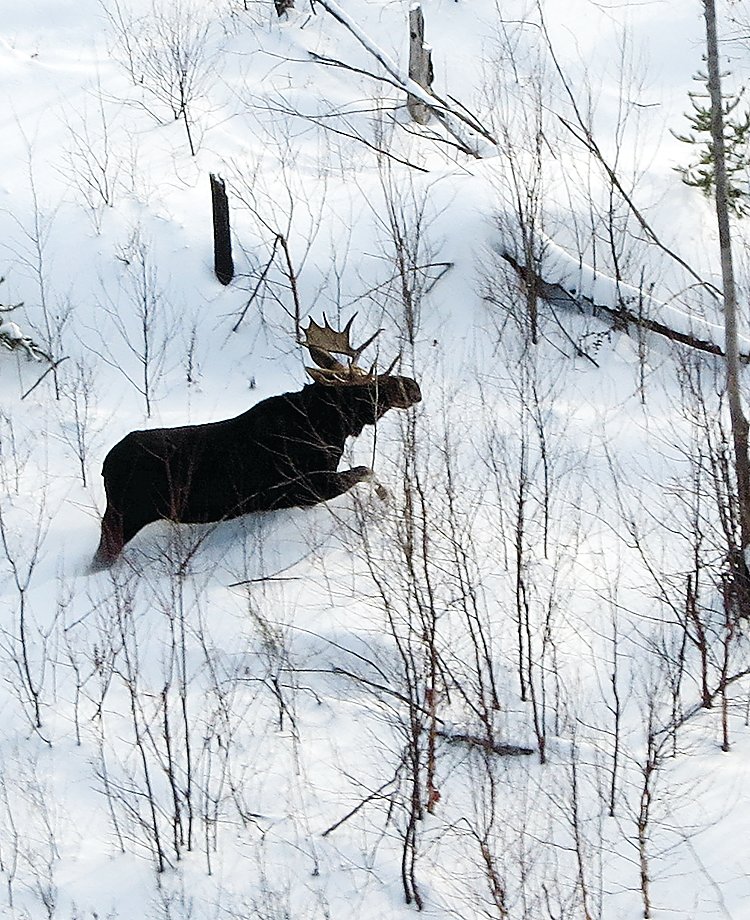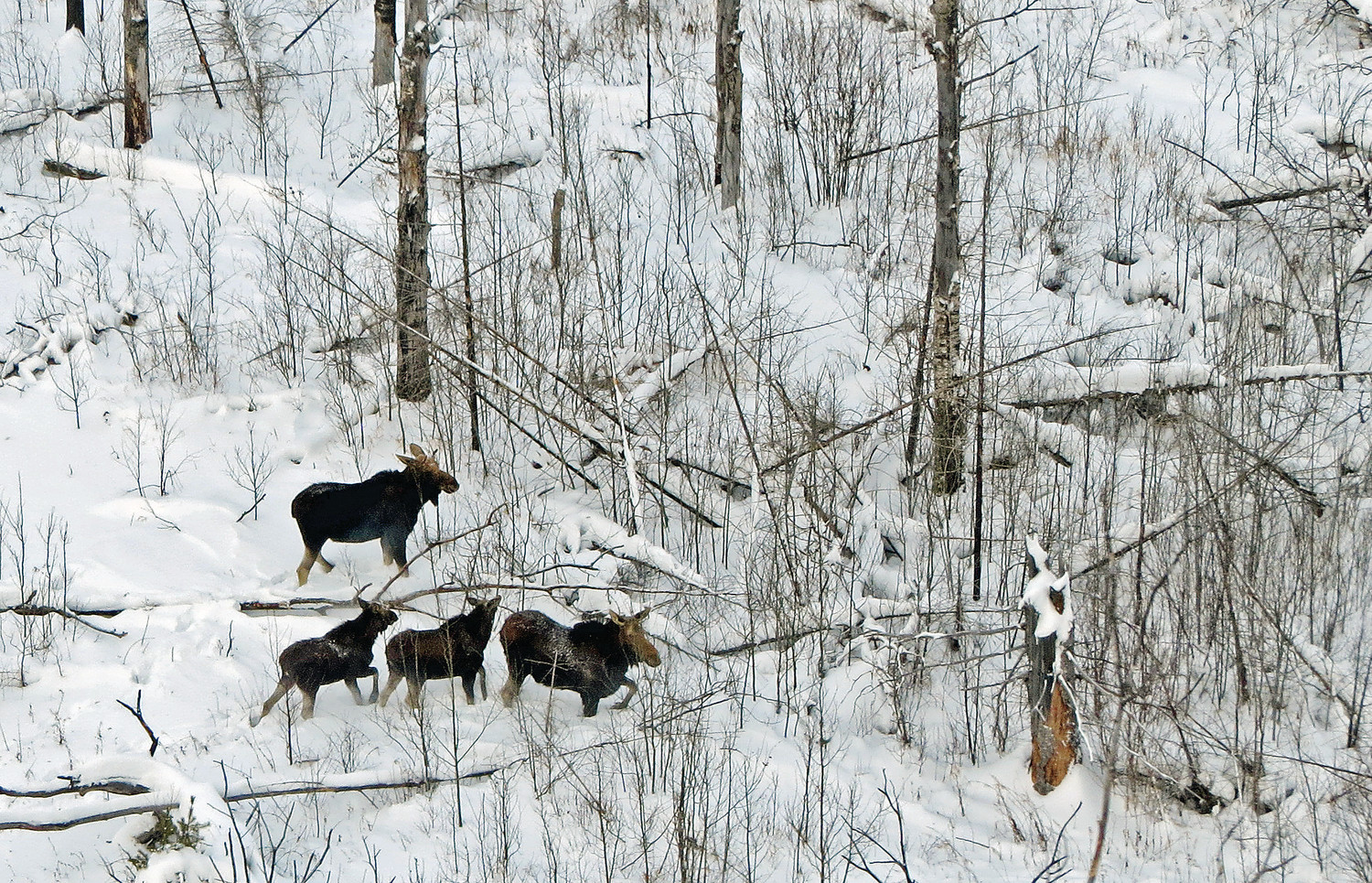Support the Timberjay by making a donation.
Moose numbers stable
But limited reproductive success continues to stall a population recovery
REGIONAL— Northeastern Minnesota’s moose population remains stable, even as low reproductive success has prevented an increase in the region’s moose herd. Even so, the results of …
This item is available in full to subscribers.
Attention subscribers
To continue reading, you will need to either log in to your subscriber account, or purchase a new subscription.
If you are a current print subscriber, you can set up a free website account and connect your subscription to it by clicking here.
If you are a digital subscriber with an active, online-only subscription then you already have an account here. Just reset your password if you've not yet logged in to your account on this new site.
Otherwise, click here to view your options for subscribing.
Please log in to continue |
Moose numbers stable
But limited reproductive success continues to stall a population recovery
REGIONAL— Northeastern Minnesota’s moose population remains stable, even as low reproductive success has prevented an increase in the region’s moose herd.
Even so, the results of the latest aerial survey by the Minnesota Department of Natural Resources suggest that the sharp decline in moose numbers experienced from 2006-2013, has not continued. The DNR’s latest population estimate pegged the region’s moose herd at 3,150. That’s down from the 4,180 estimated last year, but DNR biologists say that much variability is inherent in wildlife surveys and does not necessarily suggest a decline. The latest survey is the ninth straight year in which the population estimate has ranged within the normal variability expected in wildlife surveys. Such surveys are used primarily to detect long-term trends rather than provide accurate year-to-year population estimates.
The DNR’s annual survey provides an estimate of the number of moose living across a 6,000-square mile survey area focused in eastern St. Louis County and most of Lake and Cook counties. Biologists count moose within a pre-determined number of plots and extrapolate from those results to develop the final estimate. Both the Fond du Lac Band and the 1854 Treaty Authority also participate in the survey.
The survey has continued to show that moose numbers and reproductive success are lower along the western and southern edges of moose range, according to DNR Tower Area Wildlife Manager Tom Rusch. Meanwhile, in the heart of moose country, biologists are seeing more moose overall and better calf-cow ratios, suggesting better reproductive success in those areas.
Overall, calves comprised 18 percent of the moose sighted during this year’s survey, a somewhat hopeful sign. That was the largest percentage of calves seen in the annual moose survey since 2005, when calves comprised 19 percent of the population.
Areas that have seen recent fire are continuing to show strong numbers of moose. Rusch said moose numbers continue to be strong along the northeast shore of Trout Lake and around Pagami Creek, where fires in the past dozen years or so have sharply improved moose habitat. A related study from northeastern Minnesota shows an almost magnetic attraction between recent forest fires and moose. Outside of those burns, moose numbers remain relatively low across much of the region.
“There’s like a night and day difference,” said Rusch.
Fires not only create a spike in quality browse, they eliminate or sharply reduce the populations of winter ticks that often plague moose. “And there are no deer there,” noted Rusch. Whitetail deer carry liver flukes as well as a parasitic brain worm that frequently kill moose outright or leave them more vulnerable to predators.
While healthy moose can generally protect themselves from even the largest predators in Minnesota, such as gray wolves, the same is not true of calves, and the region’s high-density wolf population is likely contributing to the lack of recovery of the region’s moose population. A DNR study, since discontinued, suggested that gray wolves were far and away the leading cause of moose calf mortality in the region. That may be contributing to the sluggish rate of reproduction.











